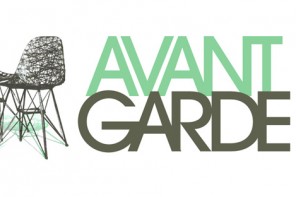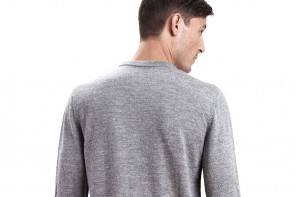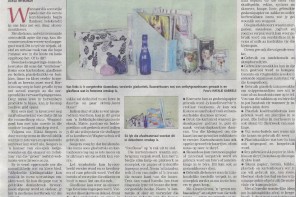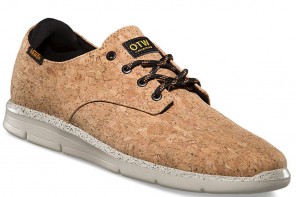Sustainability in Fashion Translates to Sustainability in Budget
Heidi Klum called it “the toughest decision in Project Runway history,” a heated standoff between Team Mondo Guerra (Klum and Jessica Simpson) and Team Gretchen Jones (Michael Kors and Nina Garcia). In the end, during its season finale Thursday night, eco-fashionista Gretchen Jones came out on top, beating fan favorite and projected winner Guerra (the first of the three to get eliminated) and fellow finalist Andy South. Their reason—marketability. While the other two designers demonstrated just as much talent as Jones, the judges agreed her line was more in line with current trends, which makes it more sellable than the ones put out by Guerra and South.
To favor Jones’ practicality over Guerra’s lavish details is really another repeat of the old fashion adage—less is more. Costume is to look at, but at an economic time like this, consumers want what’s practical, wearable. Couture is wasteful extravagance personified around an icon. Fashion – at least wearable fashion – updates the everyday and makes it new and fresh. Tomorrow’s outfit recycles yesterday’s ensemble.
Out of the 17 designers competing this season (the largest group in show’s history), Jones, a 28-year-old Portland-based designer for Mothlove, was the only one committed to creating sustainable and earth-friendly fashion pieces. Although she never set out to preach sustainability on the show, she did set herself apart from the other designers by focusing on sustainable fabrics, and her ability to stay committed to her eco-friendly practices was one of Tim Gunn’s first concerns. “I’m a green designer because of my own ethics and my own concerns,” Jones says, “but if you don’t have a strong product, it doesn’t matter what your social and ethical practices are […] For the green movement to move forward, we have to create products that are worthy of everybody’s attention and interest and dollar.”
In the end, Gretchen Jones forced herself to let go of some textiles she was used to using and justified the fabrics she shopped for during the show by using only over-run materials from top designers, essentially recycling cast-offs that would otherwise go to waste. She started the season as an early favorite, but as the episodes wore on, the other designers started turning on her, she became vilified, Tim Gunn called her a bully, and viewers developed a love-to-hate relationship with Ms. Jones. “It hurt my feelings, but in a way it helped me to have more exposure, because I was talked about, whether you liked me or not,” she told People Magazine. “I know in my heart I´m a good person.”
“I believe in conscious consumption,” Jones wrote in reply to her profile on Treehugger as an emerging green designer. “I think we need to be more present in the way we purchase. Buying timeless pieces with clean lines and then adding interesting accessories each season is the most sustainable way to dress. And that is how I approach my own designs.”
Michael Kors has stated that it’s a luxury to be a female designer, and in Jones’ case, that statement rang very true. Out of the three finalists, she was the only woman, and her ultimate success came from not imagining what to dress a woman in, but to design based on what she herself would wear. Her thought process pitted her against herself as her own customer, and it was a method that helped keep her in line with her eco-friendly values, because it forced her to create a line that can be marketed not as wasteful, but as functional, economical. Sustainability in fashion translates to sustainability in budget. Eco fashion isn’t a current trend running its course; it’s a value system, a lifestyle, one that values production and practicality just as much as it upholds beauty.
Source: www.care2.com
Nics
x










